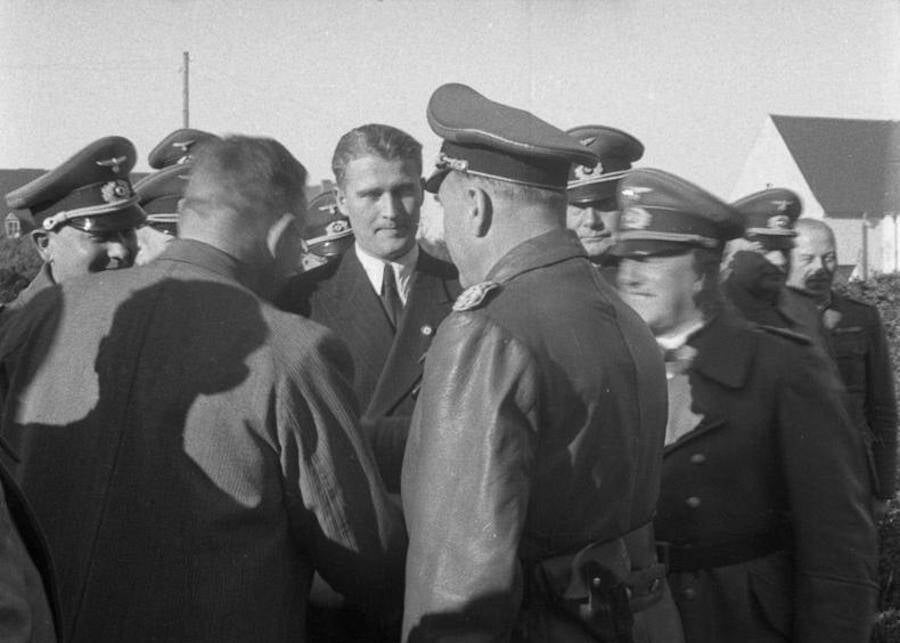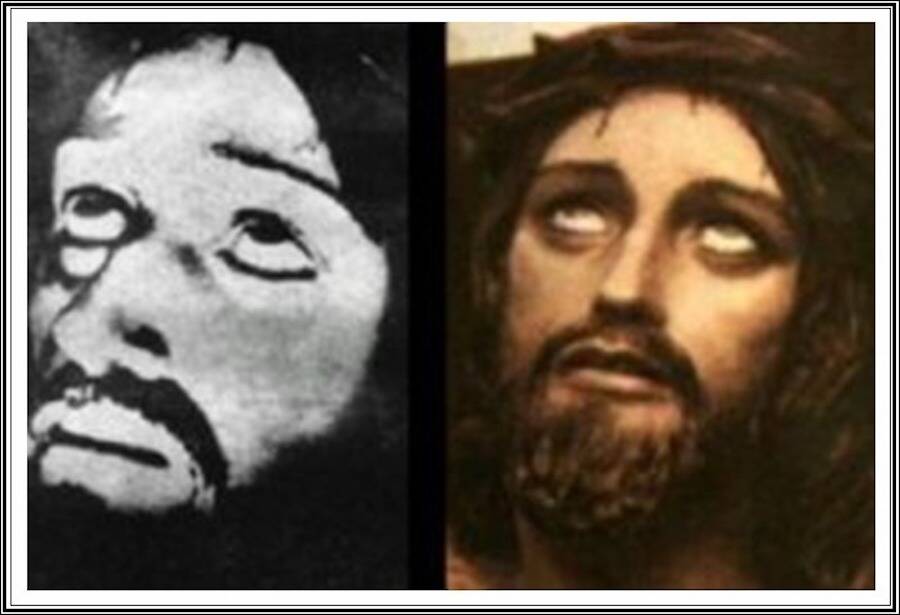Exploring the Mysterious Chronovisor: Vatican’s Intriguing Secret
From the perplexing vanishing of Emanuela Orlandi in 1983 to the covert compilation of documents known as the Apostolic Archive, the annals of the Vatican are shrouded in enigma. Amidst all these concealed narratives, the most peculiar legend is that of the Chronovisor.
The Chronovisor: Peering Through Time’s Veil
The Chronovisor, a device supposedly capable of peering through the corridors of time, stands as one of history’s most elusive creations. Although its existence lacks concrete proof, a 2002 publication authored by Vatican priest Father François Brune argues otherwise.
According to Brune, the mastermind behind the Chronovisor is none other than Father Pellegrino Ernetti, a Benedictine monk whose brilliance extended beyond the spiritual realm.
Secrets Unveiled: The Tale of Father Ernetti and his Collaborators
Maintaining an air of secrecy, Ernetti guarded the Chronovisor until the early 1960s, when he divulged his remarkable invention to Brune. It is claimed that a group of twelve brilliant minds, including the renowned physicist Enrico Fermi and former Nazi scientist Wernher von Braun, contributed to its creation.

Constructed using cathode rays, antennae, and specialized metals capable of capturing sound and light signals across all wavelengths, the Chronovisor allegedly enabled this team of scientists to document historical occurrences, including the crucifixion of Jesus Christ. In essence, the device potentially held the power to authenticate the teachings of the Bible through direct glimpses into the past.
Chronovisor’s Architects: A Nobel Laureate and an Aerospace Pioneer
At the heart of Chronovisor research lies Brune’s 2002 magnum opus, “Le Nouveau Mystère du Vatican.” Brune’s account traces back to a chance meeting on Venice’s Grand Canal between himself and Father Ernetti. Their shared interest in ancient languages swiftly evolved into discussions about science and the mysterious device.
Ernetti claimed to possess a portal to truth—a device capable of traversing time itself. A consortium of brilliant minds, including Nobel Prize-winning physicist Enrico Fermi and the once-Nazi scientist turned NASA trailblazer Wernher von Braun, reportedly collaborated in this remarkable endeavor.
Chronicles of the Past: How the Chronovisor Supposedly Worked
Ernetti revealed that the device incorporated several antennae, with three crafted from enigmatic metals that captured sound and lightwaves across the entire spectrum. A “direction finder” allegedly allowed users to target specific historical eras, projecting them onto a screen while a recording mechanism documented the scenes.
Contrary to being a conventional time machine, the Chronovisor functioned more as a portal into history. Ernetti likened it to a television, capturing echoes of bygone days suspended in the expanse of space.
The Chronovisor’s Astonishing Testimonies
Ernetti’s accounts become increasingly astounding as he recounted observing significant moments of history. He spoke of witnessing Marcus Tullius Cicero’s impassioned speech to the Roman Senate in 63 B.C., portraying its eloquence vividly. Boldly, he even claimed to have seen the crucifixion of Jesus Christ—an assertion that sent shockwaves through the world.
The range of observations extended from the rise of the Roman Empire to the obliteration of Sodom and Gomorrah, implying that the Chronovisor opened a window into the most pivotal events of the Bible.
A Public Revelation: The Controversial Unveiling of the Chronovisor
On May 2, 1972, Italy’s “La Domenica del Corriere” magazine published Ernetti’s audacious assertions in an article titled “A Machine That Photographs The Past Has Finally Been Invented.” Alongside these controversial claims, the magazine featured an alleged image from the Chronovisor, capturing the crucifixion of Jesus Christ.
Ernetti asserted that the Vatican concealed the Chronovisor to safeguard its power from falling into malevolent hands. Curiously, the Vatican declared in 1988 that using such an instrument would result in excommunication.
In an open letter prior to his demise in 1994, Ernetti reiterated the device’s authenticity and its potential to restrict human freedom—a notion he attributed to Pope Pius XII.
Debunking the Chronovisor’s Claims
Despite its allure, skepticism has shrouded many of Ernetti’s assertions. Detractors argue that his photograph of Jesus was a replica of a statue in an Umbrian church or a reversed image from an Italian postcard.
In 1996, “Paracelsus” magazine further cast doubt, questioning why Ernetti never shared detailed schematics of the Chronovisor. Additionally, the device’s design bore uncanny resemblance to a sci-fi novella from 1947.
While some claim that Ernetti confessed to fabricating the story before his death, the debate rages on. With key figures like von Braun, Fermi, Ernetti, and Brune no longer alive, the mystery persists, perpetuating the allure of the Chronovisor.
Unlocking Vatican’s Puzzle: The Enigma of the Chronovisor Endures
As captivating as the notion of the Chronovisor may be, many of Ernetti’s assertions have encountered skepticism. Alleged photographs lack credibility, and the absence of detailed plans raises doubts about the device’s existence.
In the end, the Chronovisor remains an enigma that has woven itself into the tapestry of Vatican history, serving as a testament to humanity’s enduring fascination with the unknown.
While Father Ernetti’s claims are intriguing, the lack of concrete evidence and various contradictions have led many to doubt the Chronovisor’s authenticity.
The photographs, particularly the one depicting the crucifixion of Jesus, have faced skepticism. Some argue they are replicas or reversed images from unrelated sources.
Critics have questioned why Ernetti didn’t share detailed plans to validate his claims. The absence of such instructions has fueled doubts about the Chronovisor’s existence.
While some sources suggest Ernetti confessed before his death, this remains a contentious topic. The truth behind his claims and motivations remain uncertain.
The Chronovisor’s legacy lies in its ability to captivate and intrigue, even amidst skepticism. It symbolizes the human thirst for unraveling mysteries beyond the confines of time.



